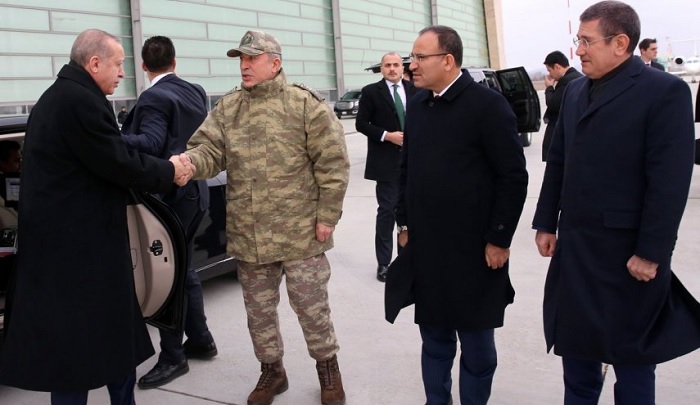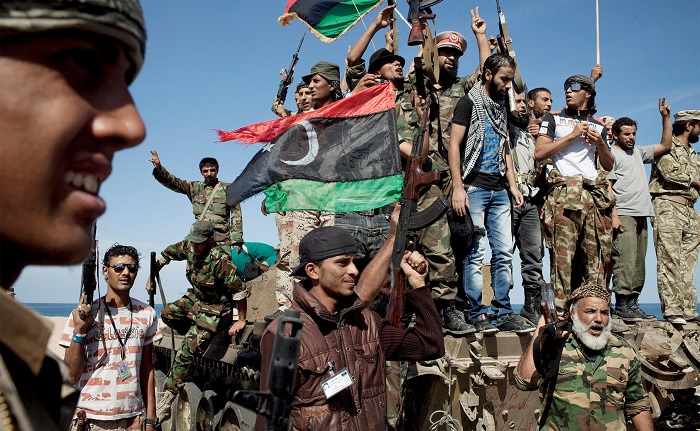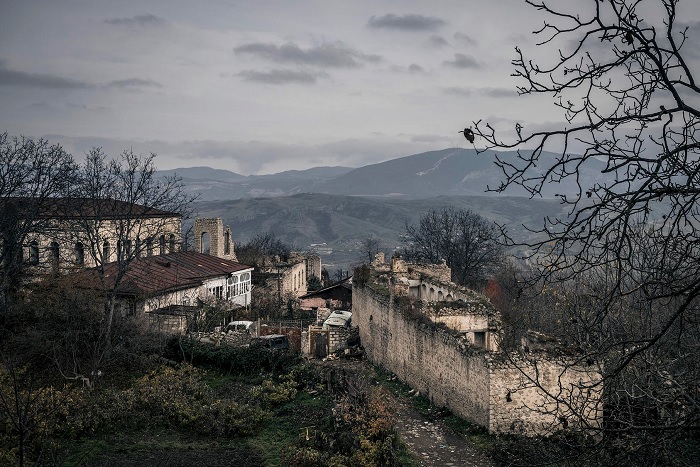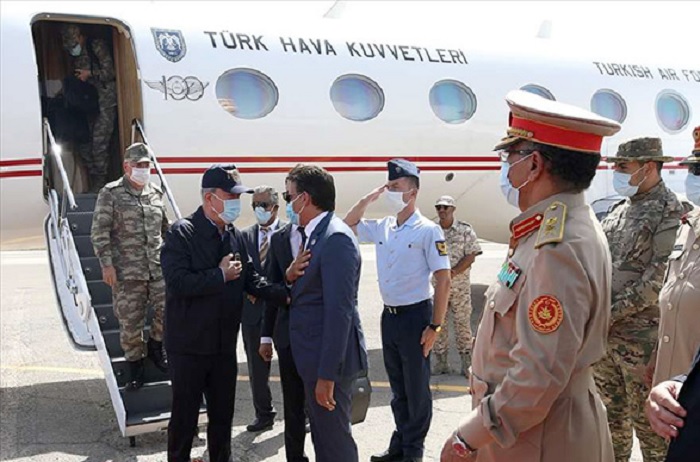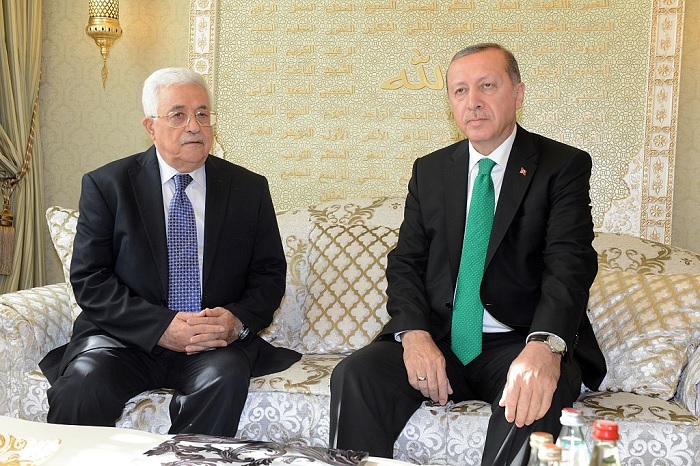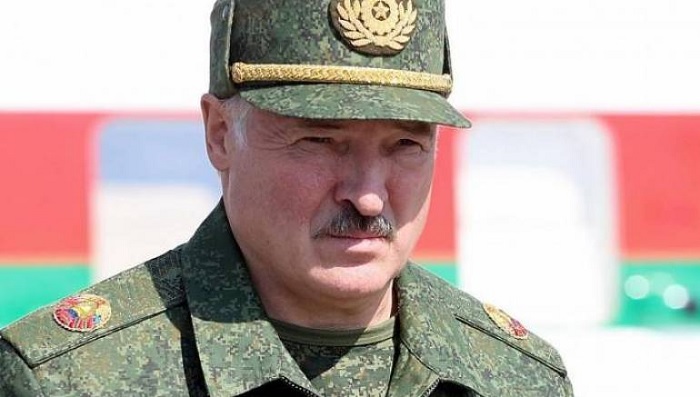M4 highway | Turkish army amasses troops in west Idlib countryside
Reliable sources have informed the Syrian Observatory that Turkish forces have blocked Latakia-Aleppo international highway (M4), near Muhambel town in the western countryside of Idlib, while Turkish troops were seen on high alert there. It is expected that Turkish forces will patrol the M4 highway alone.

